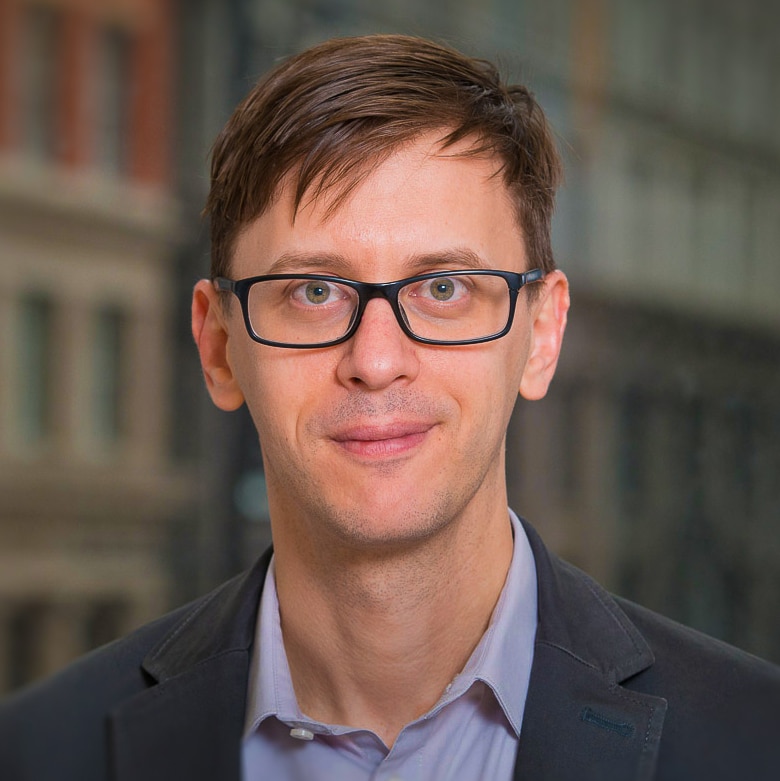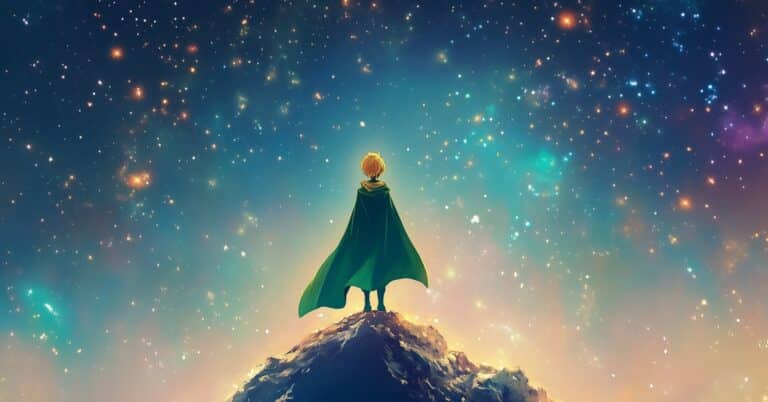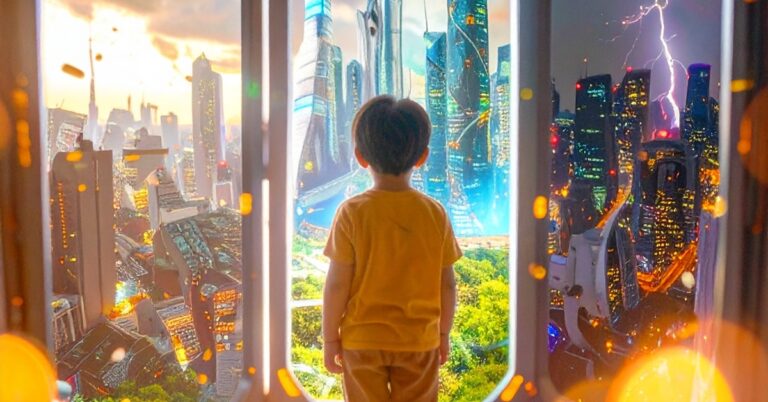Education systems and educators themselves are tasked with preparing learners for the future. This is a task of immense importance and responsibility, which is made all the more difficult because the future is unknowable.
One strategy for dealing with the uncertainty of the future and preparing young people for an unknowable future is to build foresight and futures literacy of our education constituents, including learners and adults.
Unique to KnowledgeWorks, we have a team of trained futurists who are dedicated to exploring the future of learning. Part of our work involves making sense of the future alongside partners through workshops and capacity building for educators, such as a recent engagement with the New Hampshire Learning Initiative, where I had the pleasure of sharing futures methods with superintendents and principals from across New Hampshire. They could then take those methods to support strategic planning, infuse futures into existing classes and even begin their own inhouse practice for systematically thinking about the future.
If KnowledgeWorks focus is the future of learning, Dr. Peter Bishop’s Teach the Future organization focuses on the future in learning, aiming at bringing the future into our schools by introducing foresight to middle schools, high schools and colleges across the country. Students learn how to anticipate and influence the future in a world of rapidly accelerating change. Or to put it another way, students learn how to think about the future and then act decisively to create it, all core skills to help prepare people for an unknowable future.
Bringing foresight into our schools has additional benefits beyond thinking about the future; it has the ability to change the learning cultures of our institutions. Learning cultures are critical to transforming our current system of education. A vibrant learning culture is one where approaches go beyond simply pacing learning to each individual; they cultivate inquiry, creativity, play and other attributes that support people in following their interests in meaningful collaborative contexts. Some learning cultures extend beyond formal learning environments to include, or facilitate connections with, community-based or informal learning experiences.
Futures thinking can contribute to vibrant learning cultures. Thinking about the future teaches us to relish what we do not know yet encourages us to find out more, to become comfortable with uncertainty, and to fearlessly explore ideas and areas of study we may not have considered otherwise.
Designing your future
As education constituents work hard to prepare young people to thrive in an unknowable future, building futures thinking capacity will help them to embrace uncertainty and use their agency to shape their own futures and prepare them for external forces beyond their realm of control. As a futurist, I know how powerful these methods are and how potentially transformative they can be for all levels, from the young learner to the education system in need of systemic change.
Are you interested in building your own skills in thinking about the future? Check out these resources:
- Cone of Plausibility – a tool for exploring plausible, probably, possible and preferred futures
- Futures Triangle – an exercise to help us grapple with the convergence of drivers of change anchoring the past, developing the present and shaping the future
- Mapping Your Journey into Liberatory Education Futures – a toolkit designed to help map to your preferred futures of learning
- Looking at What’s Ahead for Education – an overview of changes on the horizon and the possibilities that they present as we all work to realize a future of learning in which each person can thrive
Methods and tools such as these can help guide develop your vision for the future of learning and what your next steps should be to get there.







